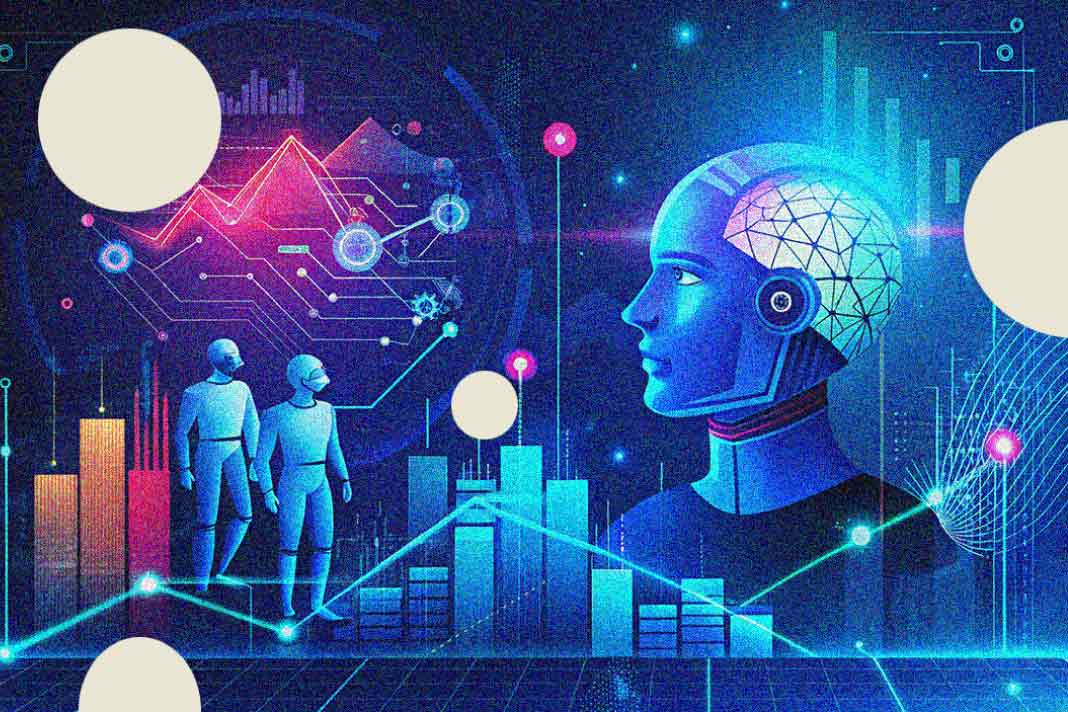Concerned about bias and misinformation in AI? Learn how ethical AI principles ensure responsible development and use of AI technology.
What is Ethical AI?
Ethical AI refers to artificial intelligence (AI) systems bound by explicit guidelines to ensure they are developed and used responsibly. It prioritizes values such as individual rights, privacy, and the prevention of user manipulation. Equality, fairness, and transparency should be a top consideration for commercial and consumer-facing applications from conception to deployment. Ethical AI aims to establish an ecosystem of trustworthy technology by upholding these principles.
What is bias in AI?
Bias in AI refers to the inaccuracies or unfairness in artificial intelligence decision-making processes that lead to discriminatory outcomes. These biases originate from various sources, including training data, algorithms, system design, or implementation. Data bias arises when training data is skewed or unrepresentative of reality.
If the data pertains to people, this leads to inaccurate predictions or decisions, particularly for underrepresented groups. Addressing bias in AI requires careful consideration of data sources, algorithmic design, and implementation strategies to ensure equity in decision-making processes.
Also Read: 10 Cutting-edge Data Protection Solutions: AI, Encryption and Beyond
How can AI systems be used to spread misinformation?
As artificial intelligence (AI) systems continue to develop and grow, the potential for AI to spread misinformation could also increase. AI systems can spread misinformation in various forms, such as false advertising tactics or distorting the truth about competitors to gain an edge; however, developers can significantly reduce this risk using the right datasets, training, and checks.
Addressing misinformation requires robust measures to ensure communication accuracy, business practices transparency, and vigilance against deceptive tactics. Ethical developers will ensure that minimizing these risks is at the forefront of their minds, and the right measures should be implemented into the data and training from the very start to ensure maximum efficacy of the AI system. It also will be critical for developers and users to periodically check the outputs of AI-powered solutions to assess whether misinformation is being produced.
What are the legal issues with AI-based tools?
A number of governments and regulatory bodies understandably want to ensure that AI deployments do not, for example, create housing or credit disparities based on race or gender or subject certain groups of people to undue law enforcement attention due to poorly trained facial recognition software.
Regulations can positively impact how AI is used and reduce these risks, which unfortunately can exist even in non-AI contexts. As organizations must align their AI systems with these core social principles, developers and organizations should be aware of the real-life impact and risks that new technology can have. By proactively addressing the potential risks of AI, organizations are contributing to an ethical AI ecosystem while forging trustworthy relationships with stakeholders. This approach ensures responsible development and utilization of AI technologies, mitigating legal risks while fostering innovation and wider trust.
Also Read: Hybrid Cloud, AI, and Sustainability: A Balancing Act for Enterprise Data Centers
How can Ethical AI systems be developed?
In order to develop Ethical AI systems, those in the sector must understand the technology’s short—and long-term implications. AI and ML models can be opaque, and their outputs unexplainable. The capacity to explain and understand why certain paths were followed or how outputs were generated is pivotal to the trust, evolution, and adoption of AI technologies.
Shining a light on the data, models, and processes allows operators and users to gain insight and observability into these systems for optimization using transparent and valid reasoning. Most importantly, explainability enables flaws, biases, and risks to be more easily communicated, mitigated, or removed.



